Africa mining report
Africa Mining Report: Trends, Opportunities, and Challenges
The African mining industry is a cornerstone of the continent’s economic development, contributing significantly to global mineral supply chains. With vast reserves of gold, diamonds, platinum, copper, cobalt, and rare earth elements, Africa continues to attract international investors and mining companies. However, the sector also faces challenges such as regulatory uncertainty, infrastructure deficits, and environmental concerns. This comprehensive report explores the current state of Africa’s mining industry, highlighting key trends, opportunities, and obstacles.
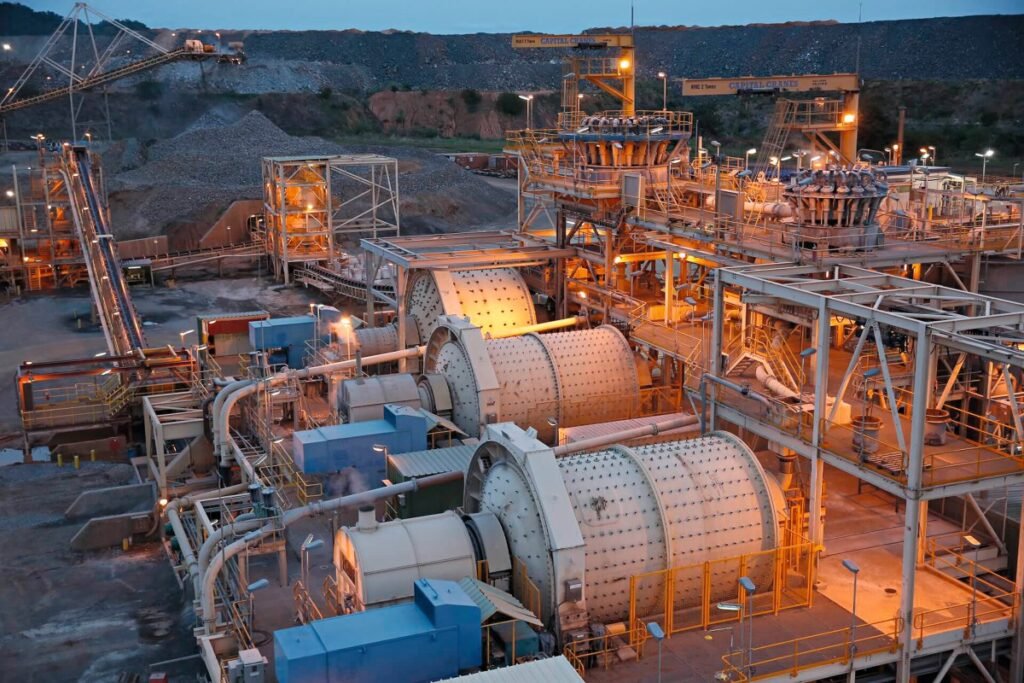
Key Trends in African Mining
1. Rising Demand for Critical Minerals
Africa is home to over 70% of the world’s cobalt reserves, primarily in the DRC. As the global transition to clean energy accelerates, demand for critical minerals like cobalt, lithium, and rare earth elements is surging. This trend positions Africa as a key player in the green energy revolution.
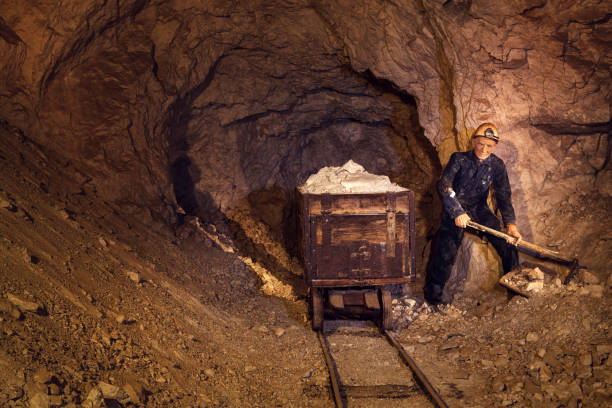
2. Increased Foreign Investment
Countries like China, Canada, and Australia are increasingly investing in African mining projects. These investments bring much-needed capital and expertise but also raise concerns about equitable benefit-sharing and local community impacts.
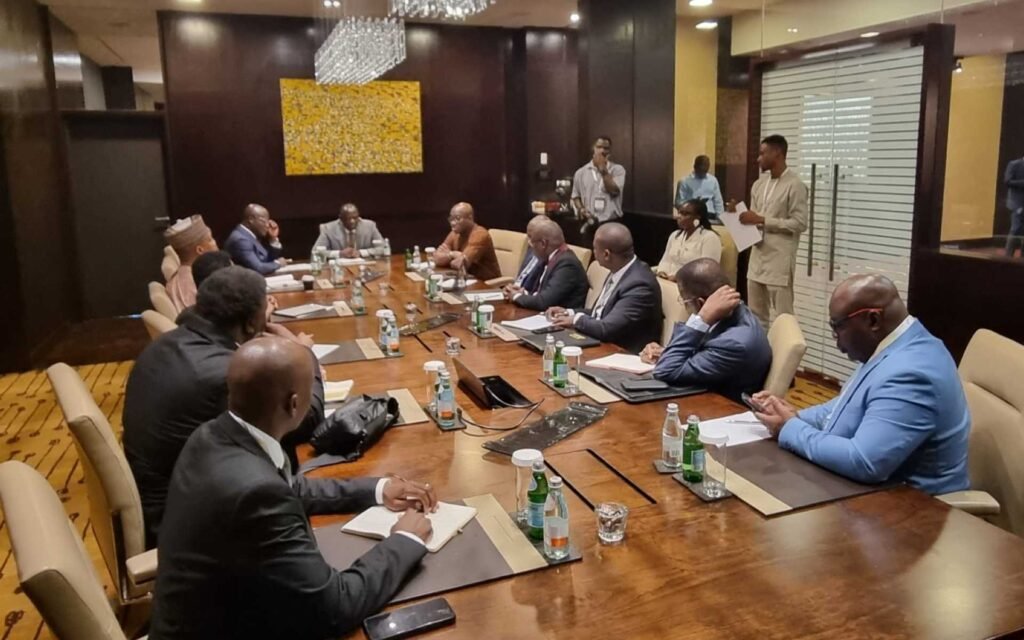
3. Adoption of Sustainable Practices
There is a growing emphasis on sustainable mining practices, including water conservation, renewable energy integration, and reducing carbon footprints. Governments and companies are working together to minimize environmental degradation.
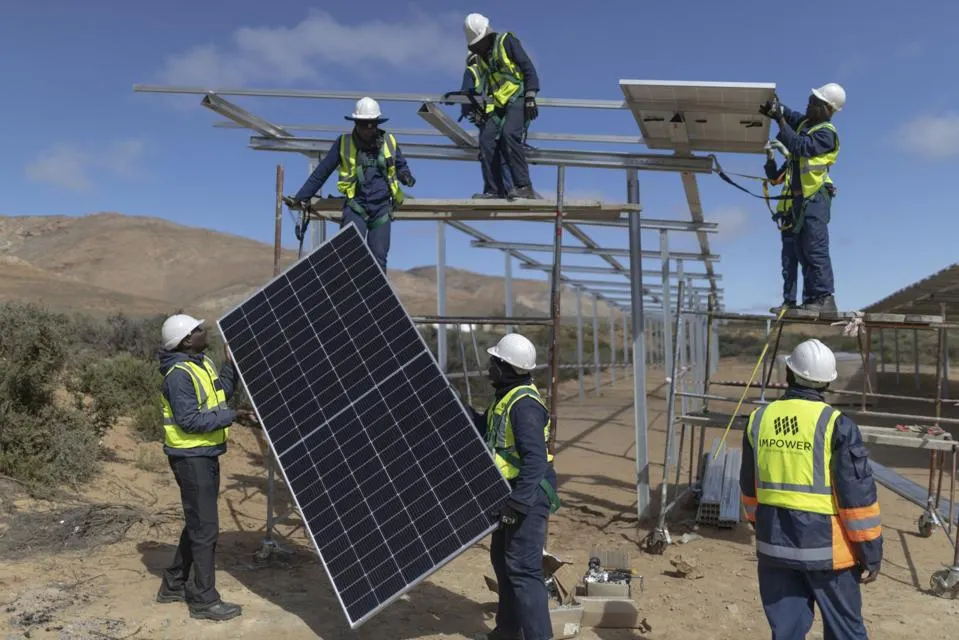
Major Opportunities in African Mining
1. Untapped Mineral Reserves
Africa holds some of the largest untapped mineral reserves globally, including the Simandou iron ore deposit in Guinea and lithium deposits in Zimbabwe and Namibia. These resources present immense opportunities for exploration and development.
2. Infrastructure Development
Mining projects often drive infrastructure improvements, such as roads, railways, and power plants. For example, the construction of the Standard Gauge Railway in Kenya has been partly funded by mining activities, benefiting both the industry and local communities.
3. Job Creation and Economic Growth
The mining sector employs millions of Africans directly and indirectly. Countries like South Africa, Ghana, and Zambia have seen significant job creation through large-scale mining operations, boosting household incomes and regional economies.
Challenges Facing African Mining
1. Regulatory Uncertainty
Frequent changes in mining laws and inconsistent enforcement create uncertainty for investors. Streamlining regulations and ensuring transparency are critical to attracting long-term investments.
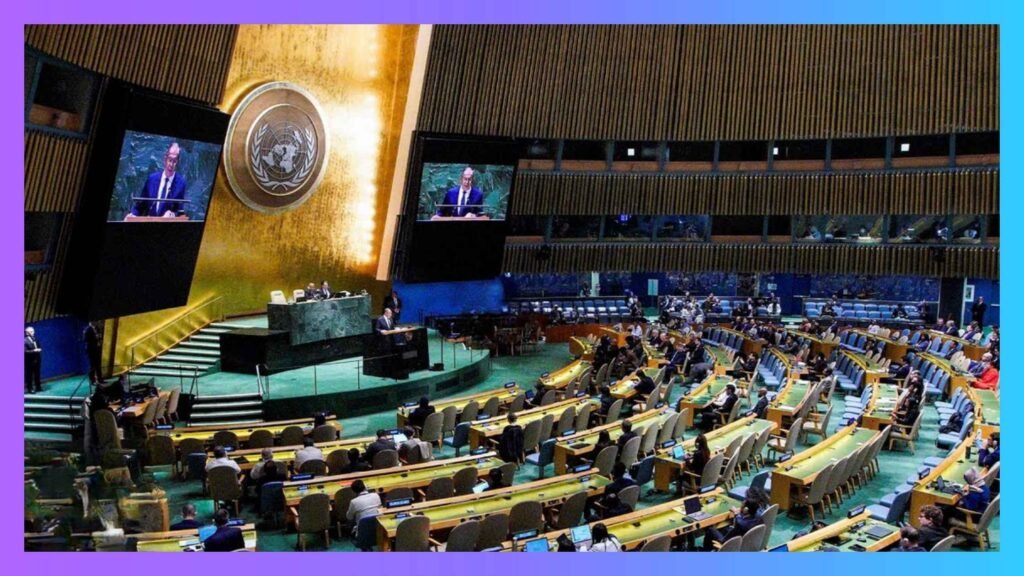
2. Environmental Concerns
Mining activities can lead to deforestation, water pollution, and loss of biodiversity. Addressing these issues requires stricter environmental standards and investment in rehabilitation programs.
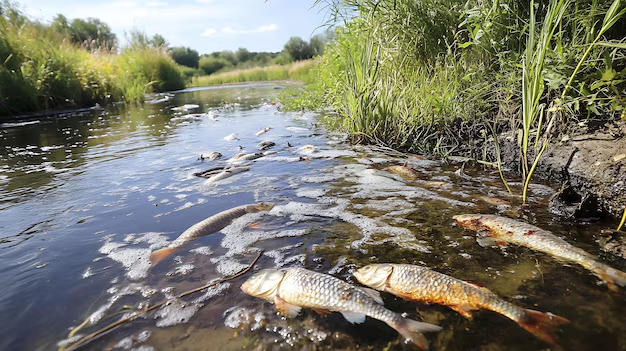
3. Artisanal Mining Risks
Artisanal and small-scale mining (ASM) provide livelihoods for millions but often operate informally, leading to unsafe working conditions and conflicts with industrial miners. Formalizing ASM and providing training could mitigate these risks.
Frequently Asked Questions (FAQs)
Q1: What are the top mineral-producing countries in Africa?
A1: Key producers include South Africa (gold, platinum), the DRC (cobalt, copper), Ghana (gold), Guinea (bauxite), and Zambia (copper).
Q2: How does mining contribute to Africa’s economy?
A2: Mining accounts for a significant share of export revenues, creates jobs, drives infrastructure development, and attracts foreign direct investment (FDI).
Q3: What steps are being taken to make mining more sustainable?
A3: Initiatives include adopting renewable energy, implementing stricter environmental regulations, rehabilitating mined areas, and promoting corporate social responsibility (CSR).

